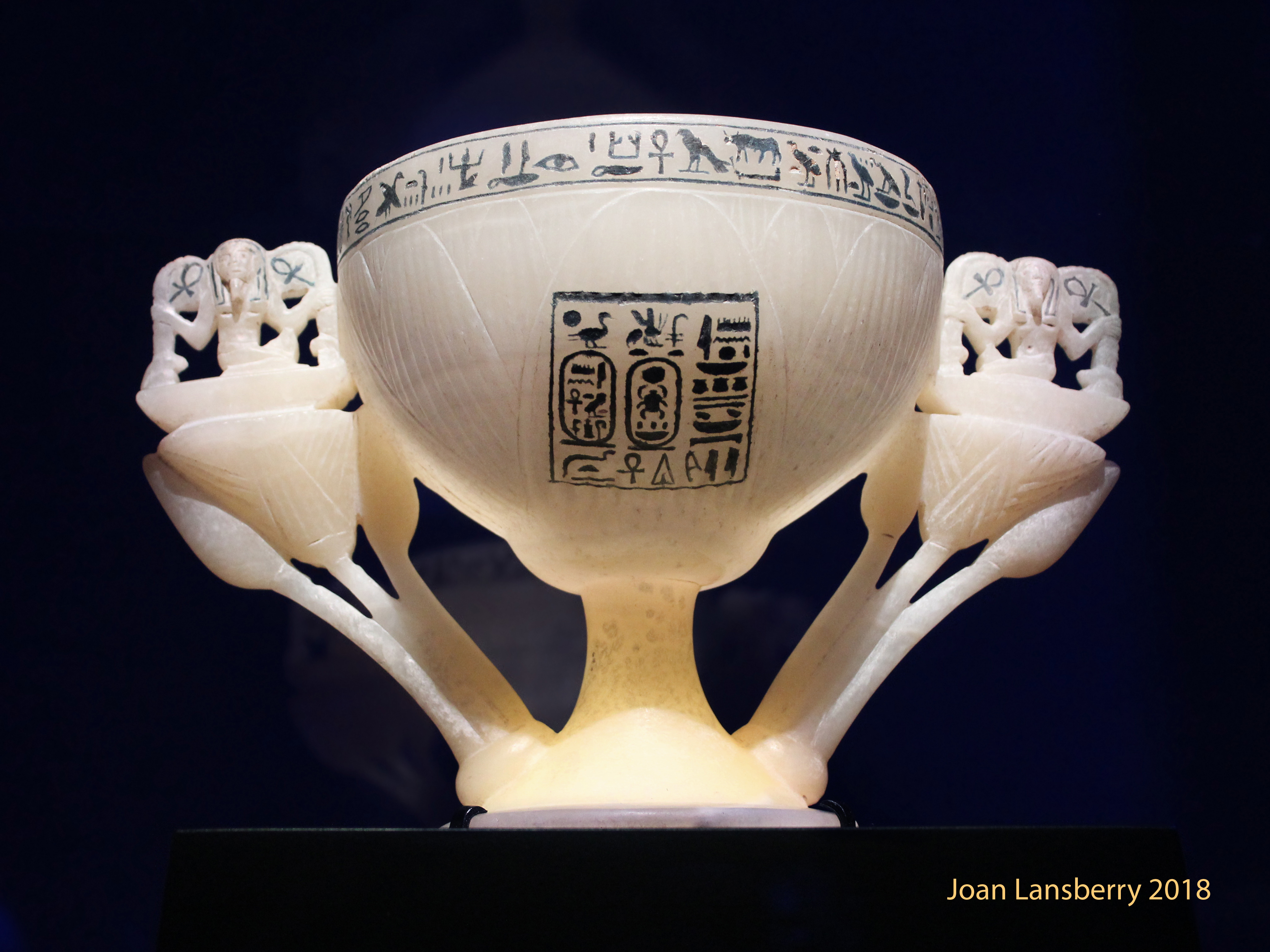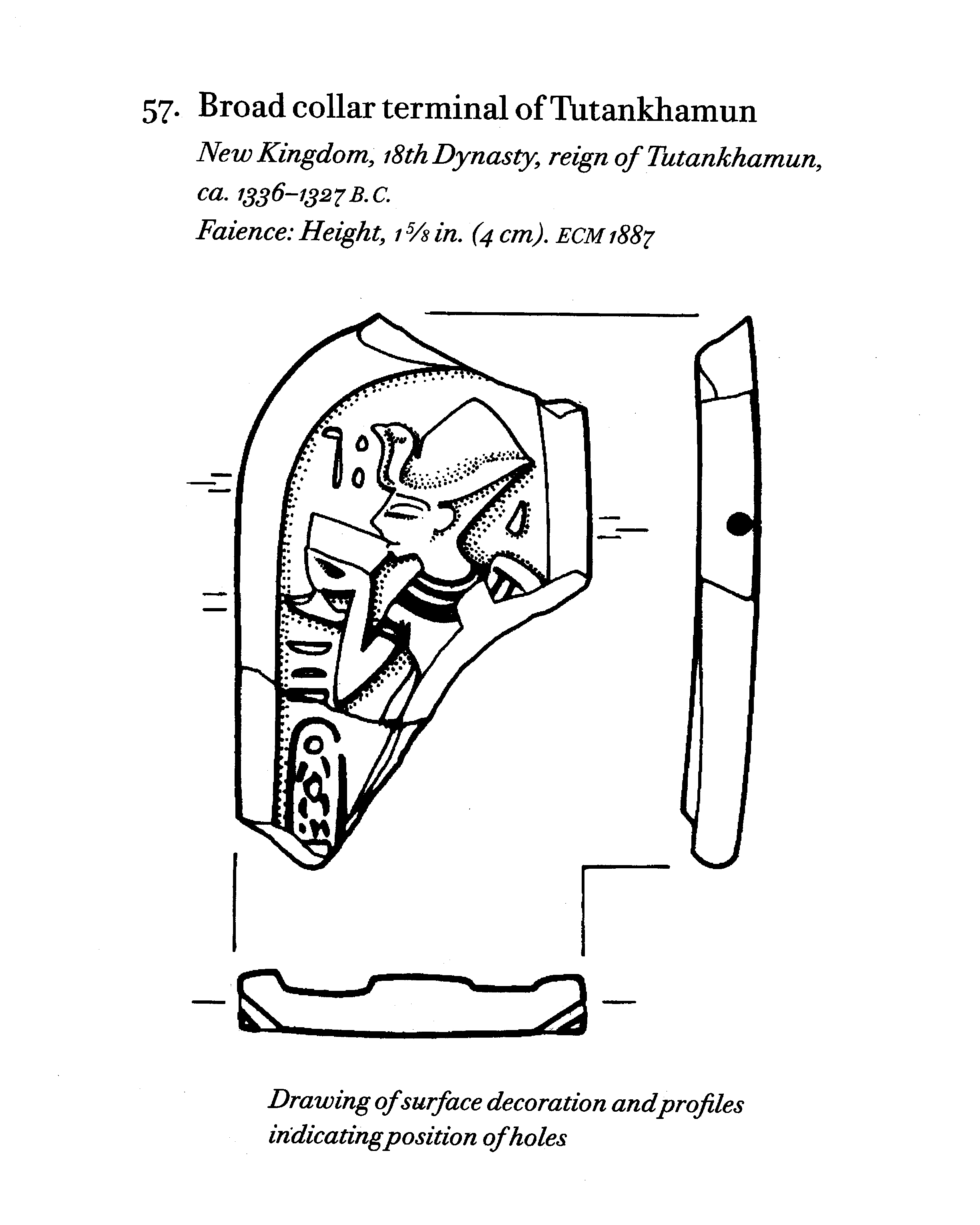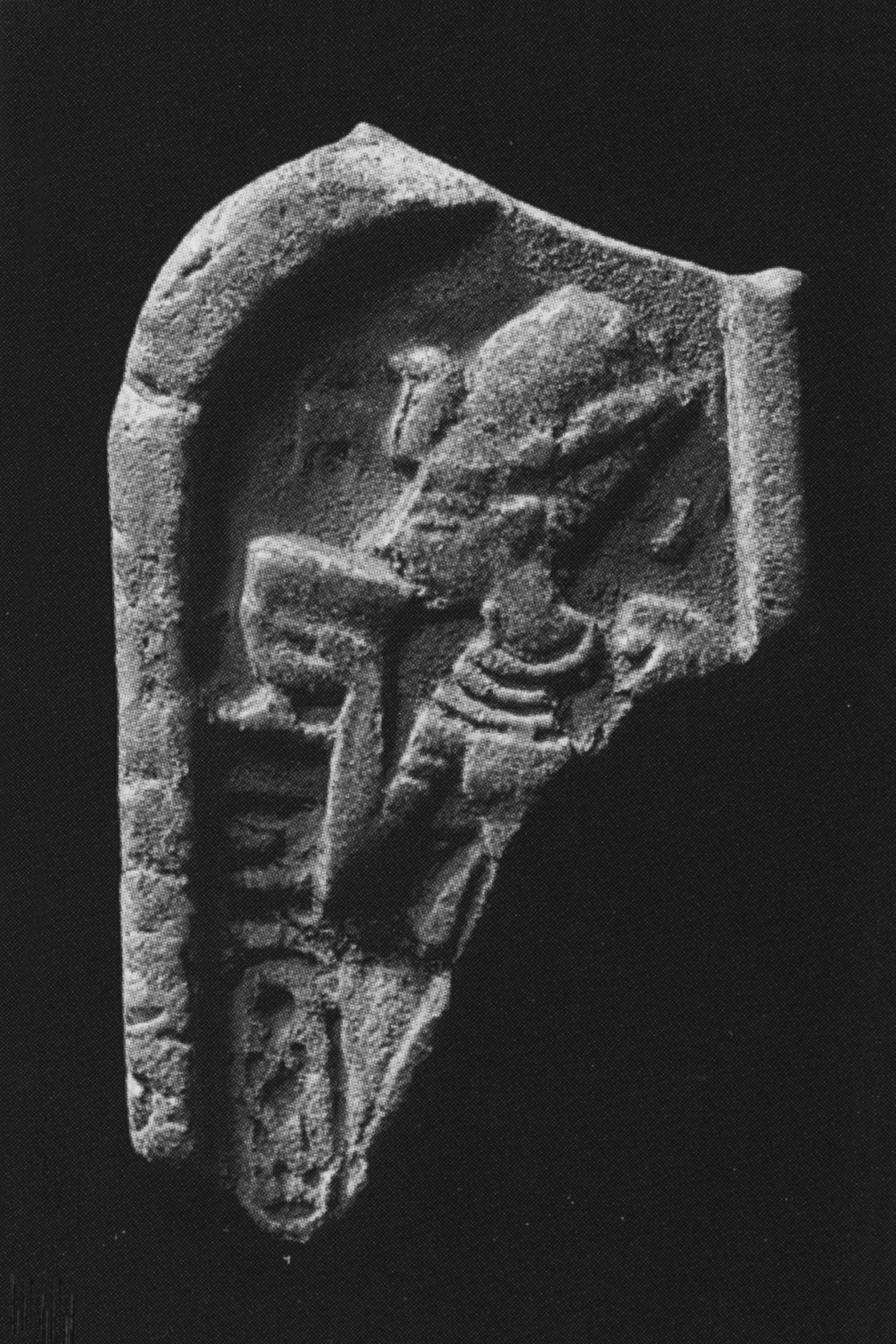
Tutankhamun's Wishing Cup in the Form of an Open Lotus and Two Buds
Alabaster,
Height 18.3cm (7.2 inches), Width 28.3cm (11.14 inches), Diameter 16.8cm (6.6 inches)
Grand Egyptian Museum, #36 (Formerly JE 67465)
"Shaped like an open lotus blossom with Heh, god of eternity, on each handle, the wishing cup is a powerful symbol of rebirth and eternal life." (Info Card)
"The names and titles of Tutankhamun and the epithet 'beloved of Amun-Ra, lord of the thrones of the two lands, lord of the sky' are painted inside a square field outlined with blue in the center of the cup. Around the rim of the cup are two horizontal inscriptions, each beginning with an ankh sign at the center and moving to one side. In one direction are more of the names and titles of the young king; the other inscription reads,'May your ka live, and may you pass (live) one million years, your face toward the northern wind: may your eyes see the good place.'" Zahi Hawass, Tutankhamun and the Golden Age of the Pharaohs (National Geographic 2005), page 248
"As a fragmentary faience-collar terminal at Eton shows (see cat. no. 57), the white-lotus chalice was essentially a drinking cup. Nevertheless, as with the blue-lotus chalice, it was a drinking vessel employed primarily in a cultic role, associated, in particular, with the offering of milk and wine to the cow goddess Hathor. The discovery by Flinders Petrie in 1889-90 of a white-lotus chalice buried in a pit in the floor of a house at Ghurab is the sole (and quite ambiguous) evidence we have for the use of such vessels in a purely domestic context." (Egyptian Art at Eton College: Selections from the Myers Museum, (The Metropolitan Museum of Art/Eton College 1999), page 40)
Tutankhamun's chalice seems more of a personal wish for his happiness, but definitely a thing definitely approved by the deity Hathor.

"One of the best-known objects in the Eton collection is this fragment from a broad collar terminal depicting the young king Tutankhamun, wearing the blue crown and drinking from a white-lotus chalice." "The material is pale green faience, now lacking much of its original glaze but displaying an interesting and uncommon mix of techniques: raised relief for the king himself and a column of incised hieroglyphic text that identifies him as "The perfect god, lord of the Two Lands, Nebkheprura...'" ("Ibid.")

Museum photo and line drawings


